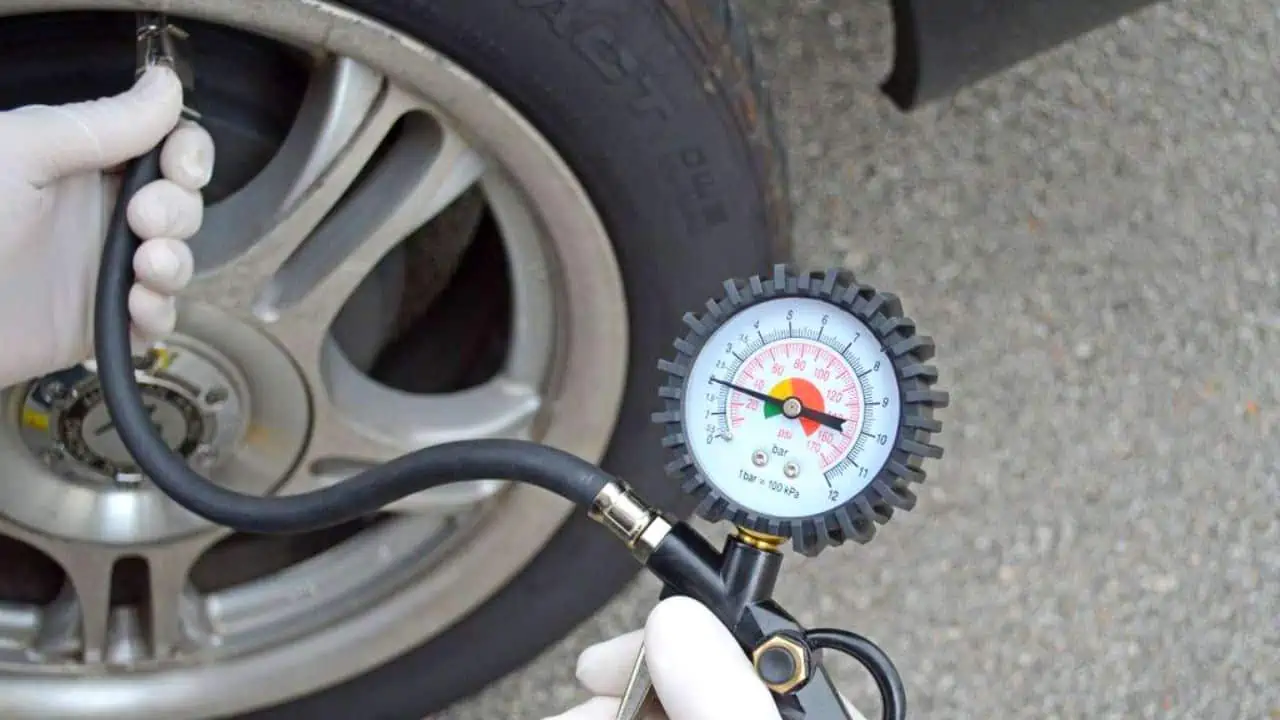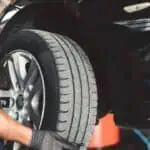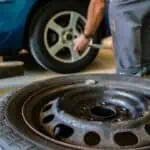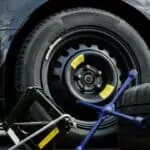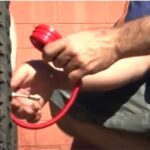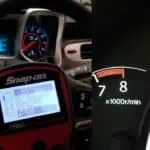Tire pressure is one of the most important things to keep an eye on when it comes to your car. Low tire pressure can lead to a number of problems, including decreased fuel efficiency and increased wear and tear on your tires. But how low is too low?
What should you do if you notice your tire pressure is getting low?
Here are a few things to keep in mind when it comes to your car’s tire pressure:
The ideal tire pressure for most cars is between 32 and 35 psi.
If you notice that your tires are significantly below this range, it’s time to add some air.
If you’re not sure how much air to add, err on the side of caution and add a little bit at a time until you reach the desired level. Overinflating your tires can be just as dangerous as underinflating them, so don’t overdo it!
Keep an eye on all four of your tires – not just the ones that seem low. It’s not uncommon for one or two tires to lose pressure more quickly than the others, so check them all regularly.
If your car’s tire pressure is too low, it can cause a number of problems. For one, the tires may not be able to grip the road as well, which can lead to skidding or sliding. Low tire pressure can also cause the tires to wear out more quickly.
To avoid these problems, it’s important to check your car’s tire pressure regularly and inflate the tires as needed. Most carmakers recommend inflating tires to around 32 psi (pounds per square inch). However, some experts say that 28 psi may be enough for most cars.
If you’re not sure how much air to put in your tires, consult your car’s owner’s manual or ask a professional at a nearby service station.
Here’s why tire inflation matters | Driving ca
Q: How Low is Too Low for Tire Pressure
A: How low is too low for tire pressure? This is a question that many drivers ask, but there is no one definitive answer. In general, it is best to keep your tires inflated to the manufacturer’s recommended pressure.
However, if you are driving in conditions that require extra traction, such as in snow or on mud, you may want to lower the pressure slightly. Just be sure not to go too low, or you could risk damaging your tires.
Conclusion
It is important to make sure your tires are properly inflated for two reasons. First, it can improve your gas mileage by up to 3%. Second, and more importantly, it can improve handling and safety.
Most experts agree that the ideal tire pressure is between 32 and 35 PSI (pounds per square inch). Anything below that is considered low.
If you have a newer car, it probably has a Tire Pressure Monitoring System (TPMS) that will warn you when your tire pressure gets too low.
But even if you don’t have a TPMS, there are ways to tell if your tires need more air. The most obvious way is to visually inspect them. If they look flat or sag in the middle, they need more air.
Another way to tell is by feeling the treads with your fingers. If they feel smooth or bald in spots, they definitely need more air.
That’s because the gauges at gas stations are often not very accurate. Instead, add about 2-3 PSI at a time and then check the pressure with your own gauge after each addition until you reach the desired level of 32-35 PSI.
